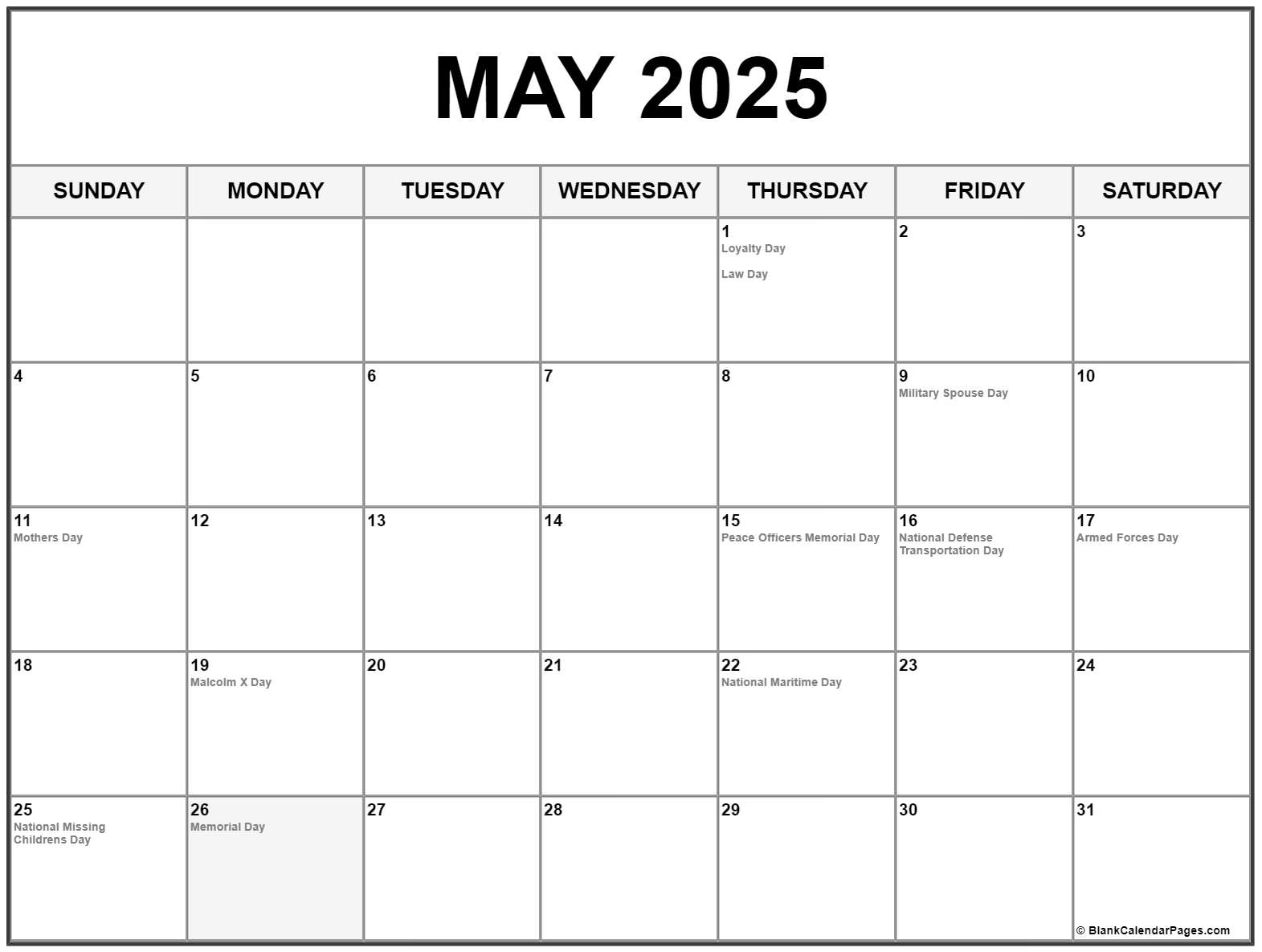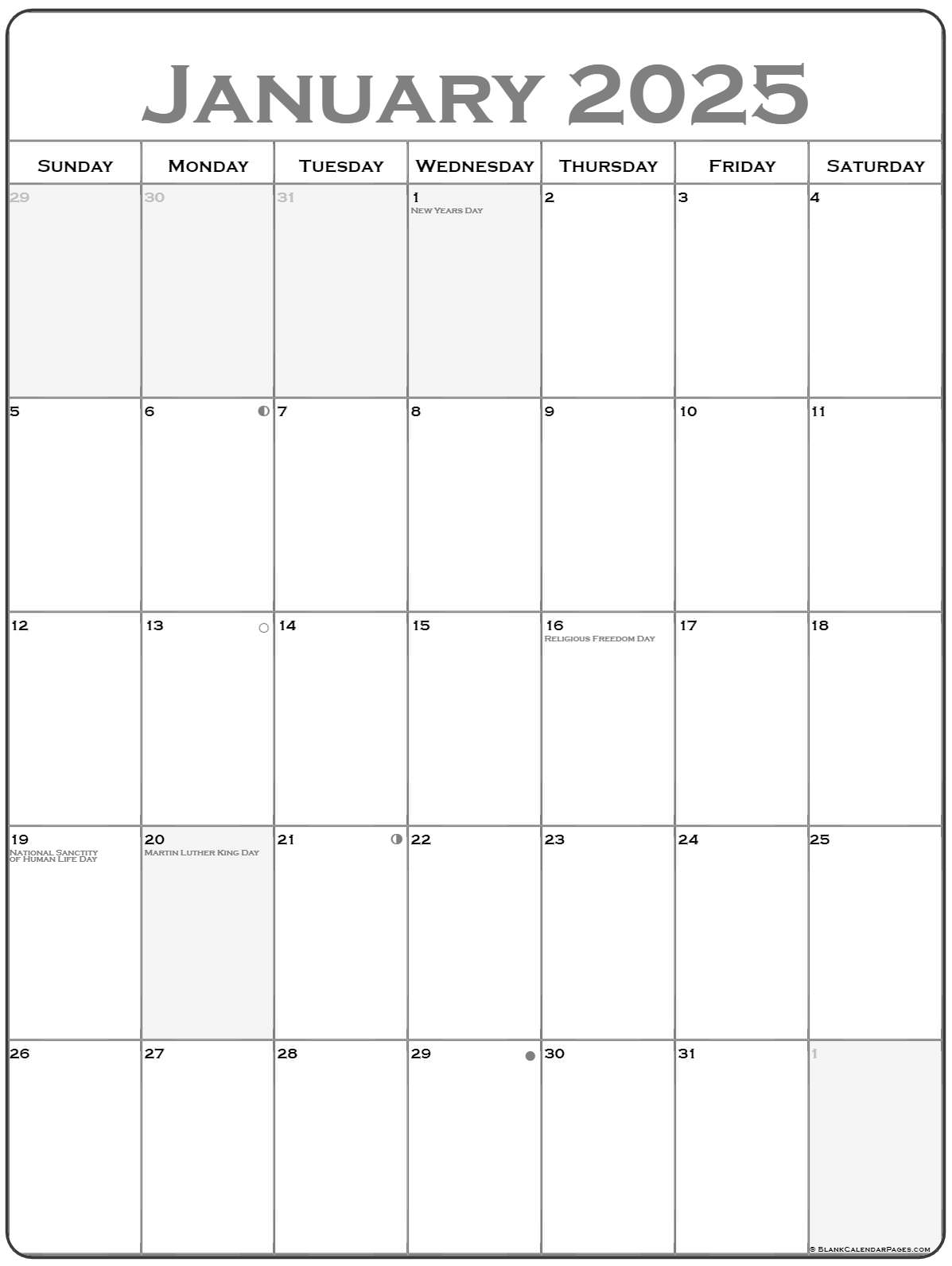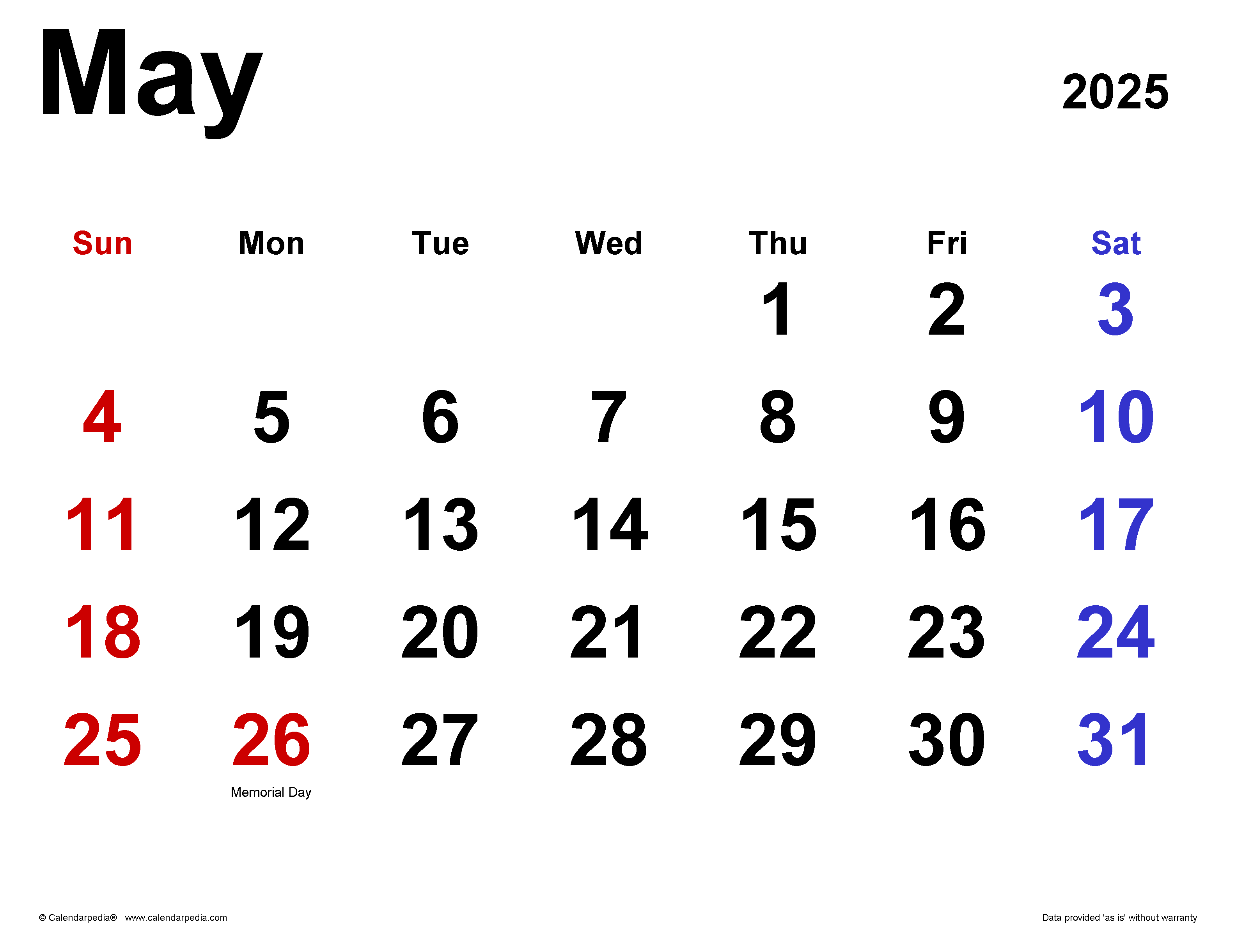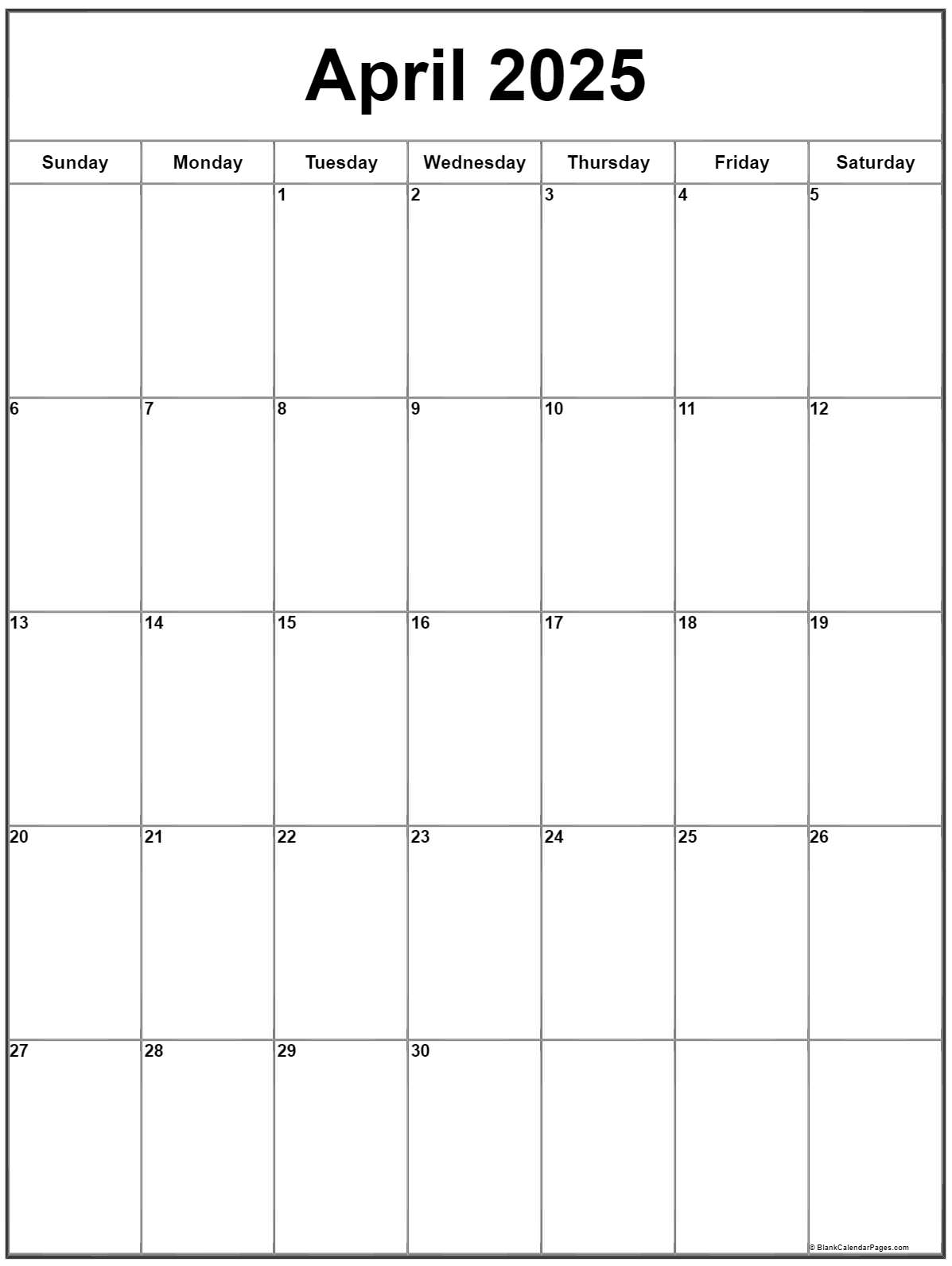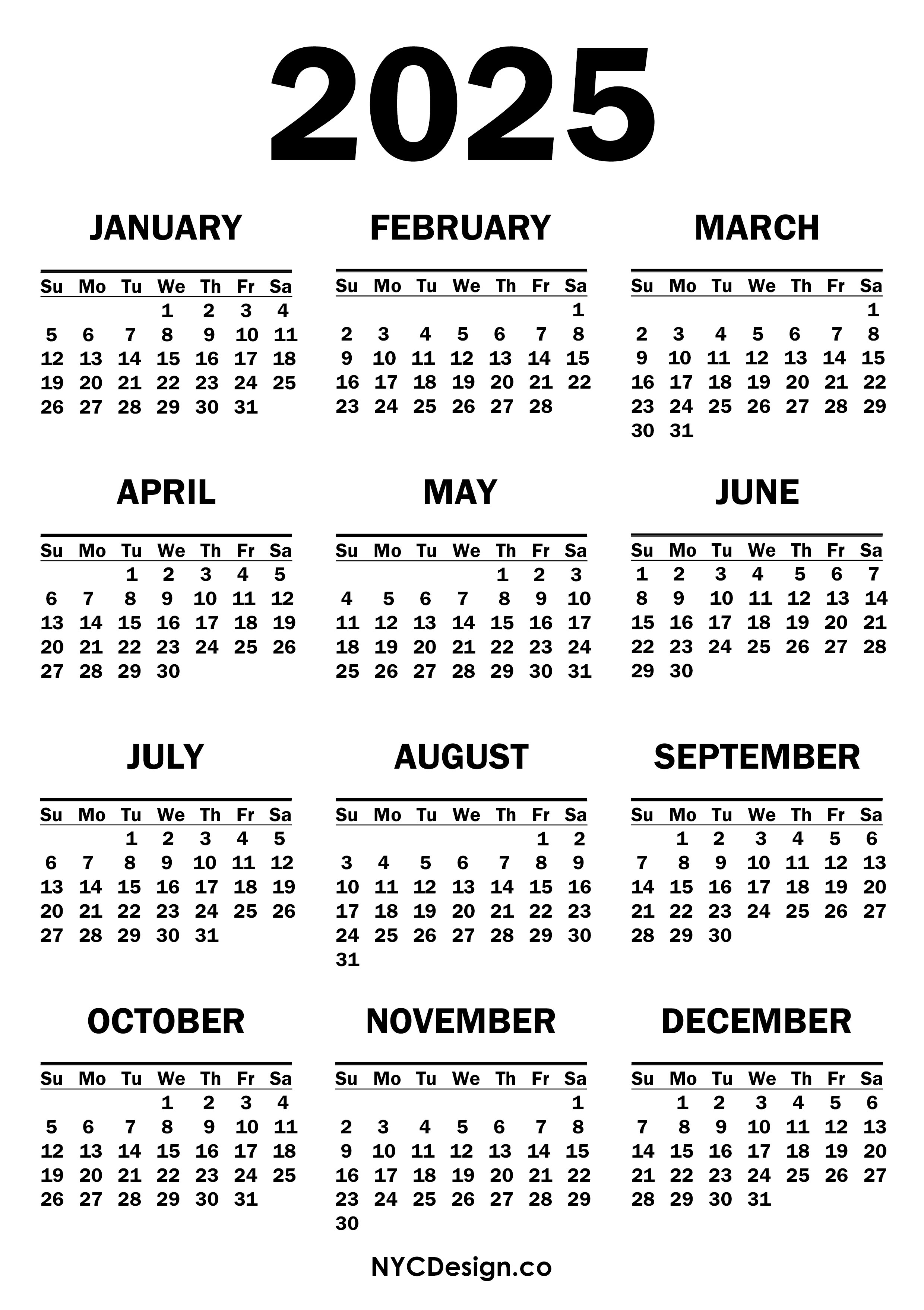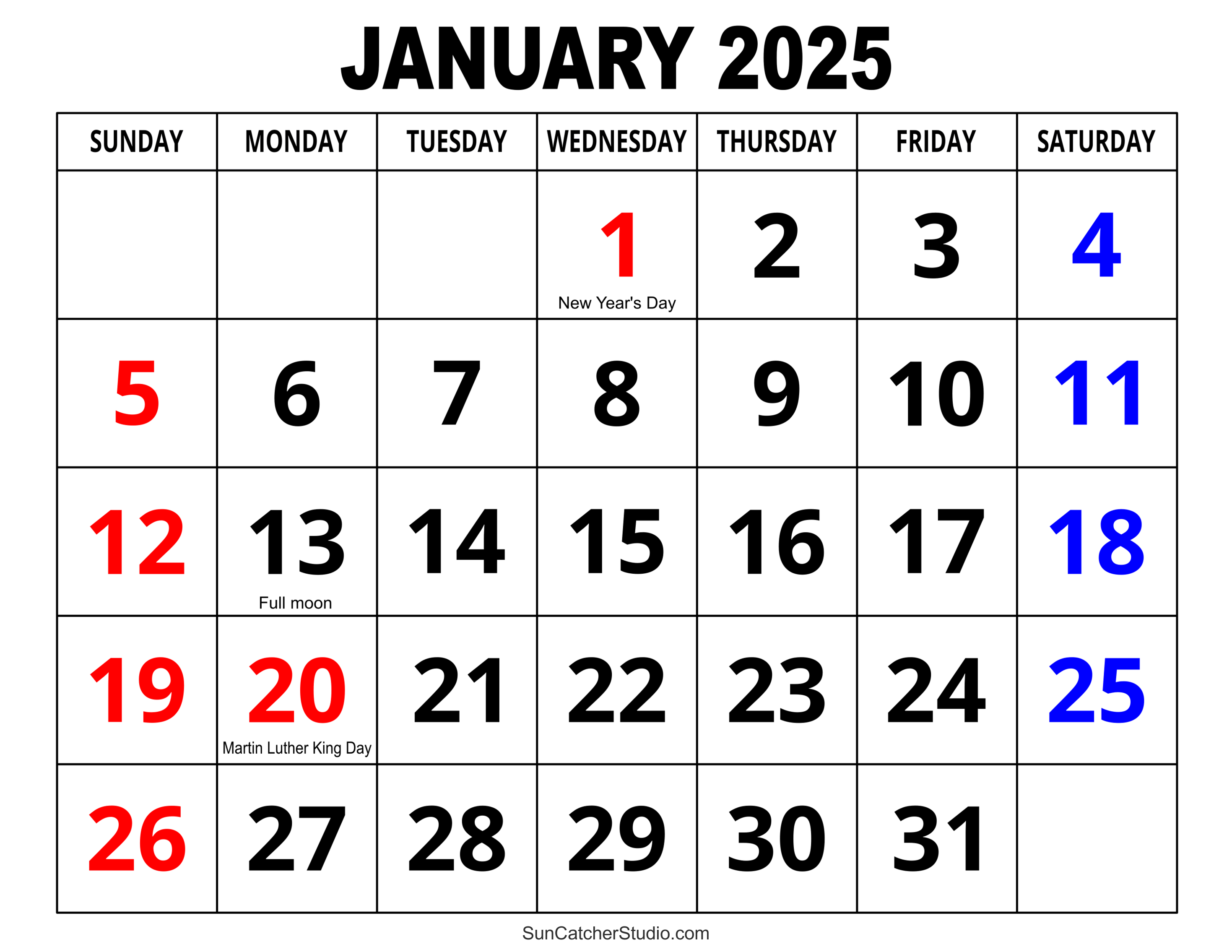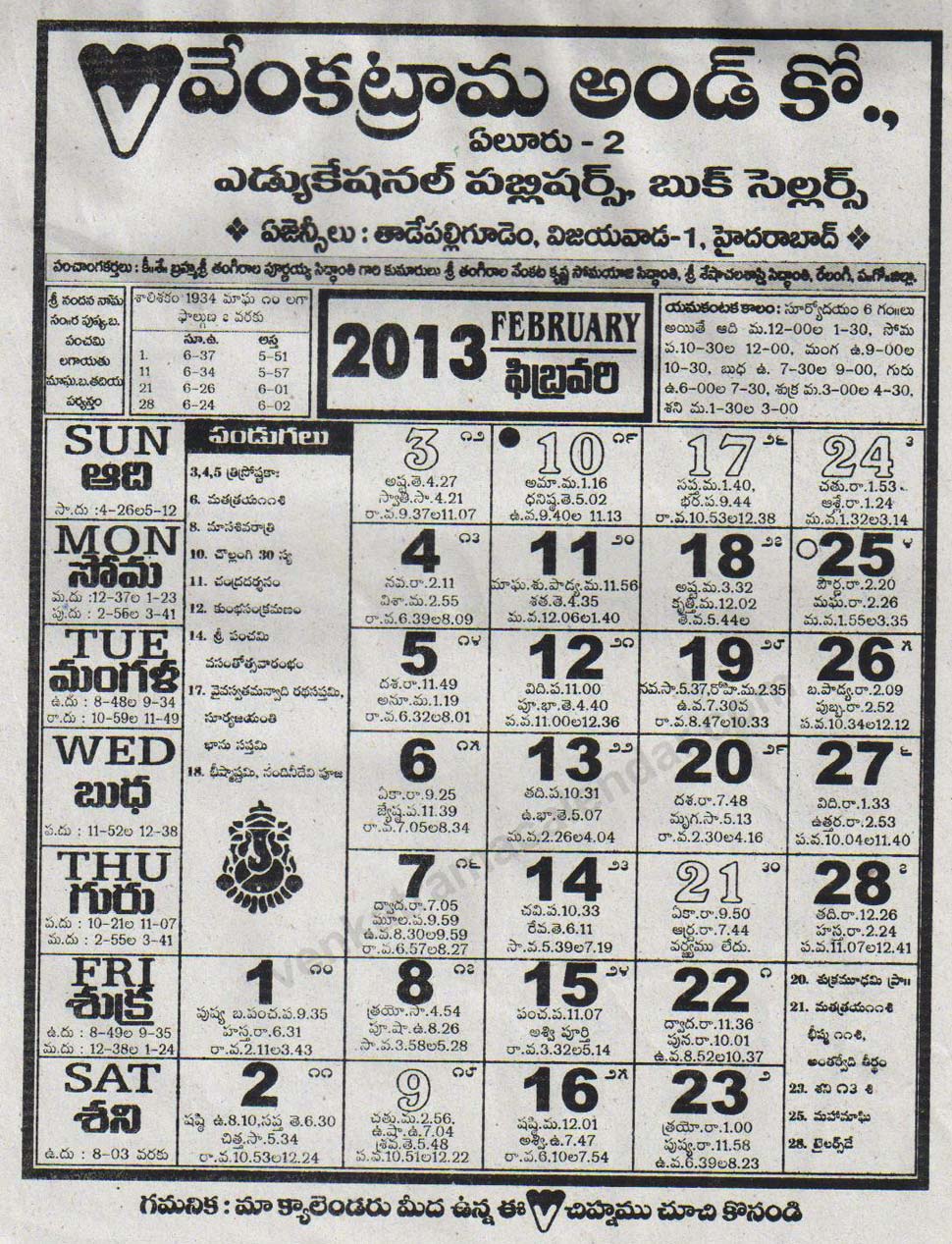May 2025 Calendar Reviews And Complaints
May 2025 Calendar: A Month of Mixed Reviews and Mounting Complaints
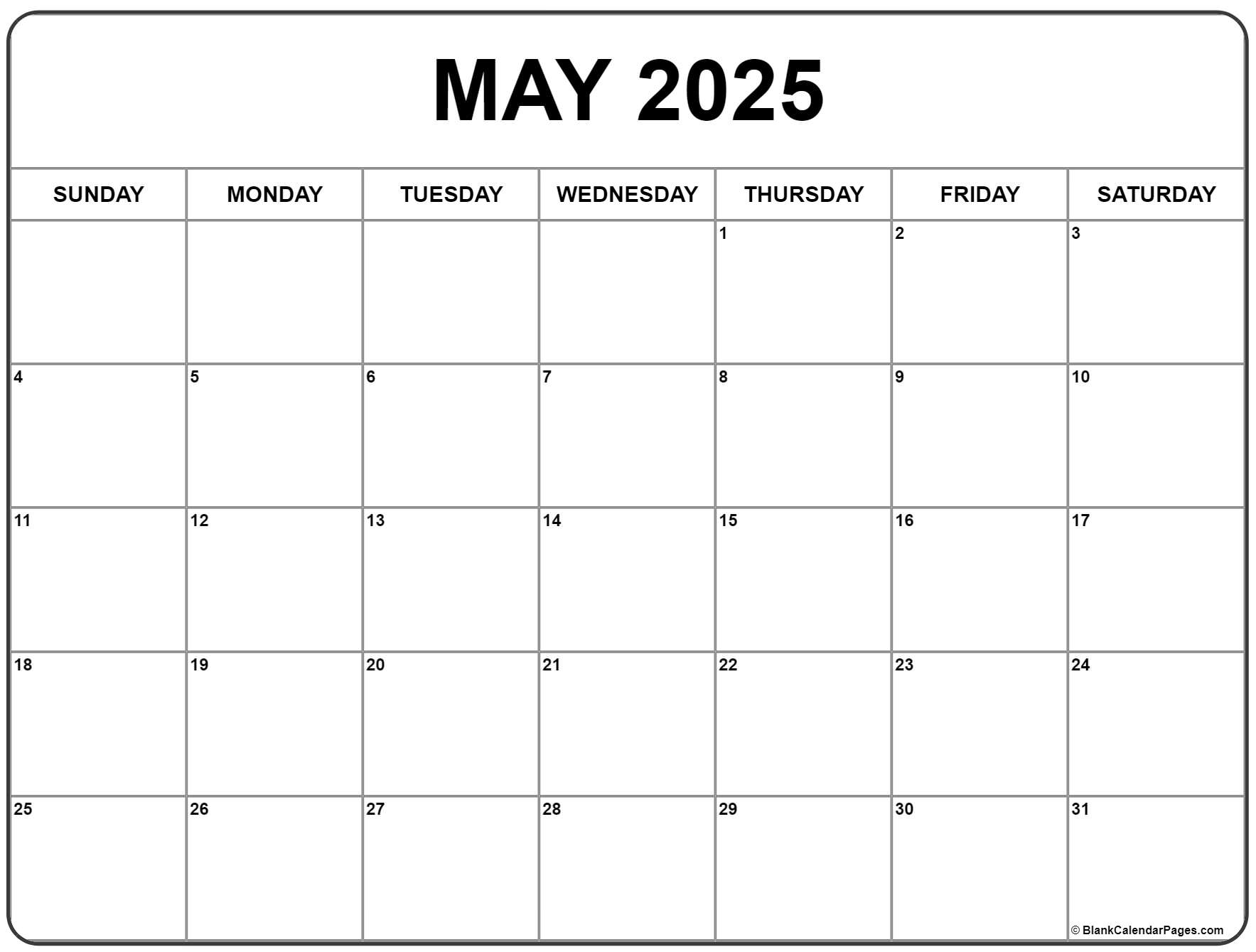
May 2025 has arrived, and with it, a wave of both praise and condemnation directed at the various calendars that guided us through the month. While some users found their chosen calendars efficient and aesthetically pleasing, others have voiced significant complaints, highlighting flaws in design, functionality, and overall usability. This article dives deep into the spectrum of user feedback, analyzing the common themes emerging from reviews and complaints surrounding May 2025 calendars.
The Praise: A Glimpse of Positive Feedback
Despite the considerable negative feedback, some calendars have managed to garner positive reviews. These successes generally stem from a combination of factors, including:
-
Clear and Concise Design: Calendars praised for their design often featured a clean, uncluttered layout. Large font sizes, ample space for appointments, and a logical organization of days and weeks were frequently cited as positive aspects. Users appreciated the ease of readability and the minimal cognitive load required to navigate the calendar. One recurring positive comment involved the inclusion of helpful visual cues, such as color-coded sections or subtle shading to distinguish weekdays from weekends.
-
Effective Functionality: Several digital calendar applications received acclaim for their feature sets. These applications often integrated seamlessly with other productivity tools, offering features like task management, reminders, and event sharing. The ability to sync across multiple devices was also a major selling point, allowing users to access their schedules from anywhere. Robust search functions and customizable views (e.g., daily, weekly, monthly) further enhanced their functionality and user-friendliness.
-
Aesthetically Pleasing Designs: For physical calendars, the aesthetics played a crucial role in user satisfaction. Attractive illustrations, high-quality printing, and thoughtful design elements contributed to positive reviews. Calendars with unique themes, such as nature photography or artistic renderings, were particularly well-received, transforming a functional item into a piece of decorative art.
The Complaints: A Deeper Dive into Negative Feedback
However, the positive reviews are significantly outnumbered by a deluge of complaints, highlighting several recurring issues:
-
Poor Print Quality and Material: Many complaints centered on the quality of physical calendars. Users reported issues such as blurry printing, thin paper that showed through ink, and flimsy binding that easily tore or came apart. The use of low-quality materials resulted in calendars that felt cheap and lacked durability, failing to meet the expectations of users who sought a reliable tool for the entire month. Several users reported that their calendars arrived damaged, highlighting issues with packaging and shipping.
-
Inaccurate Dates and Weekday Assignments: A surprisingly common complaint involved errors in the calendar’s date and weekday assignments. This is a fundamental flaw that renders the calendar useless, causing significant inconvenience and frustration for users who relied on its accuracy for scheduling appointments, meetings, and important events. These errors ranged from minor misalignments to completely incorrect day assignments, highlighting a serious lapse in quality control.
-
Lack of Essential Features: Digital calendar applications also faced criticism, primarily for their lack of essential features or poor implementation of existing ones. Users complained about unreliable reminders, difficulty sharing calendars with others, and the absence of crucial functionalities like recurring events or customizable views. The lack of intuitive navigation and a clunky user interface were also frequently cited as major drawbacks.
-
Poor Customer Service: For both physical and digital calendars, inadequate customer service was a major source of complaint. Users reported difficulties contacting customer support, long wait times for responses, and unhelpful or dismissive interactions with representatives. The lack of responsiveness exacerbated the frustration caused by faulty products or software glitches.
-
Inconsistent Formatting and Layout: Several users criticized the inconsistent formatting and layout of their calendars. This included inconsistencies in font sizes, date placement, and the overall visual hierarchy. Such inconsistencies made it difficult to quickly scan and locate information, undermining the calendar’s primary function of providing a clear and concise overview of the month.
-
Accessibility Issues: A significant concern emerged regarding the accessibility of certain calendars. Users with visual impairments reported difficulty reading the text due to small font sizes or poor contrast. Lack of alternative text for images in digital calendars also presented a barrier for screen reader users. This highlights the need for calendar designers to prioritize inclusivity and ensure accessibility for all users.
-
Pricing and Value: Several users expressed concerns about the pricing of calendars relative to their quality. They felt that the cost did not justify the poor print quality, lack of features, or instances of errors. This perception of poor value for money further fueled negative reviews and contributed to widespread dissatisfaction.
Recommendations for Improvement:
Based on the analysis of user feedback, several recommendations can be made to improve the design, functionality, and overall quality of May 2025 calendars:
-
Rigorous Quality Control: Implement stricter quality control measures to prevent errors in date and weekday assignments and ensure high-quality printing and materials.
-
Enhanced Customer Service: Invest in improved customer service channels to provide timely and helpful support to users experiencing problems.
-
User-Centric Design: Prioritize user needs and feedback in the design process. Conduct thorough user testing to identify and address usability issues before launch.
-
Accessibility Considerations: Design calendars with accessibility in mind, ensuring that they are usable by individuals with disabilities.
-
Transparent Pricing: Ensure that the pricing reflects the quality and features of the calendar. Avoid overpricing products that do not meet user expectations.
-
Focus on Core Functionality: Prioritize core functionalities, such as accurate date representation and clear layout, before adding less essential features.
-
Regular Updates and Maintenance: For digital calendars, provide regular updates to fix bugs, improve performance, and add new features based on user feedback.
The overwhelming feedback surrounding May 2025 calendars underscores the importance of prioritizing quality, accuracy, and user experience in the design and production process. Ignoring these fundamental aspects leads to widespread dissatisfaction and ultimately damages the reputation of both individual calendar brands and the industry as a whole. The lessons learned from this month’s reviews should serve as a valuable guide for future calendar development, ensuring that users can rely on their calendars for accurate and efficient scheduling.
